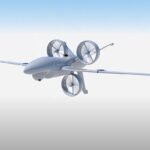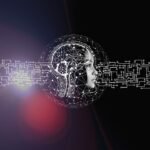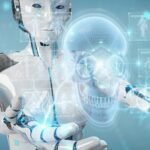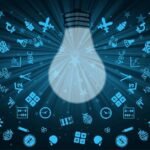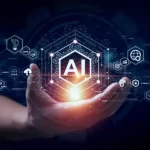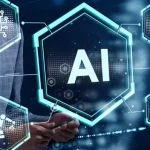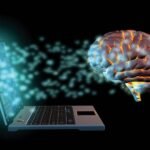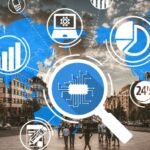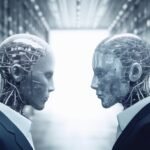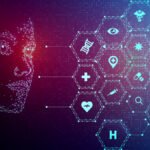AI for Wildlife Conservation: AI-driven approaches to protect endangered species and habitats.
The Earth’s biodiversity is under unprecedented threat due to habitat loss, climate change, poaching, and other human activities. However, hope emerges in the form of artificial intelligence (AI), which is rapidly becoming a powerful tool in the fight to protect endangered species and their habitats. In this blog, we delve into the transformative role of AI in wildlife conservation, highlighting its applications in monitoring, data analysis, anti-poaching efforts, and habitat preservation.
- Remote Monitoring and Surveillance
AI-enabled camera traps and sensors are revolutionizing wildlife monitoring. These devices capture images and data from remote and often inaccessible locations, providing researchers with invaluable insights into the behaviors, populations, and movements of endangered species. AI algorithms can then analyze this data, identifying and categorizing animals, estimating population sizes, and even predicting potential threats.
- Data Analysis and Pattern Recognition
AI’s ability to process and analyze vast amounts of data is pivotal in wildlife conservation. Machine learning algorithms can identify patterns in data, such as changes in animal behavior or habitat degradation. By understanding these patterns, conservationists can make informed decisions to mitigate risks and develop targeted strategies for protection.
- Anti-Poaching and Law Enforcement
Poaching remains a critical threat to many endangered species. AI-equipped drones and satellite imagery assist in tracking poachers and illegal activities in real time. Image recognition algorithms can differentiate between humans and animals, allowing law enforcement to respond swiftly to potential threats and apprehend poachers before they can cause harm.
- Habitat Monitoring and Restoration
AI plays a crucial role in monitoring and restoring natural habitats. Drones equipped with AI technology can survey large areas, detecting deforestation, pollution, and habitat degradation. Conservationists can then use this data to plan and implement habitat restoration initiatives, ensuring the long-term survival of endangered species.
- Predictive Modeling and Climate Adaptation
As climate change alters ecosystems, AI-driven predictive models help conservationists understand how these changes impact species and habitats. By analyzing historical and real-time data, AI can predict how species might respond to changing conditions and inform strategies to support their survival.
- Public Engagement and Education
AI is also transforming public engagement and education in wildlife conservation. Virtual reality experiences and AI-powered educational tools allow people to interact with and learn about endangered species and their habitats, fostering a deeper understanding and empathy for wildlife conservation efforts.
- Collaborative Conservation Efforts
AI facilitates global collaboration among conservation organizations, researchers, and governments. Shared databases, AI platforms, and data-driven insights enable stakeholders to work together more efficiently, accelerating progress in protecting endangered species and their habitats.







